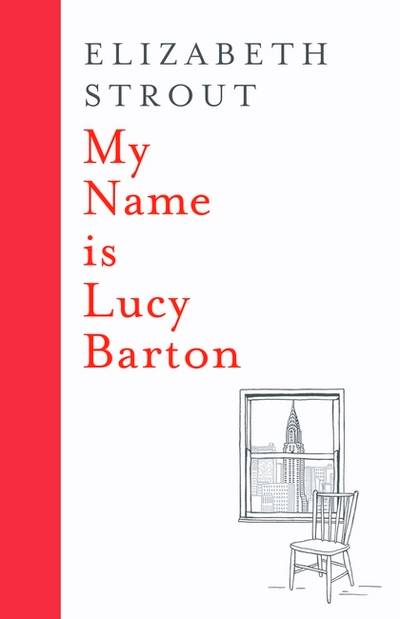
Strout’s book is brief you seem to read it in a single held breath. What then unfolds is a dull lesson in the difference between what’s needed on the page and on the stage. It has established its suppressed-tears tone, and it has assured us that there will be no writerly interventions (by adapter Rona Munro) nor staging choices (by Richard Eyre) to make the beautiful book Strout wrote into a functional theater text. Twenty minutes in, every card in its deck is already on the table. It doesn’t flop hard - with its limited ambition, it has no height from which to fall.

And what do 40- muffled-sound-year-old women want? We want rueful stories about mothers and daughters! We want Elizabeth Strout novels! We want Laura Linney! Every Venn-diagram circle about a certain kind of woman - the sort that subscribes to nonprofit theaters, specifically - overlaps in this little sliver.

Recent figures tell us that 68 percent of Broadway audiences are women. Everything about programming the one-woman performance in Manhattan Theatre Club’s Samuel J.

Of all the questions flooding through a mutinous brain during My Name Is Lucy Barton, “How did we get here?” has the most obvious answer.


 0 kommentar(er)
0 kommentar(er)
